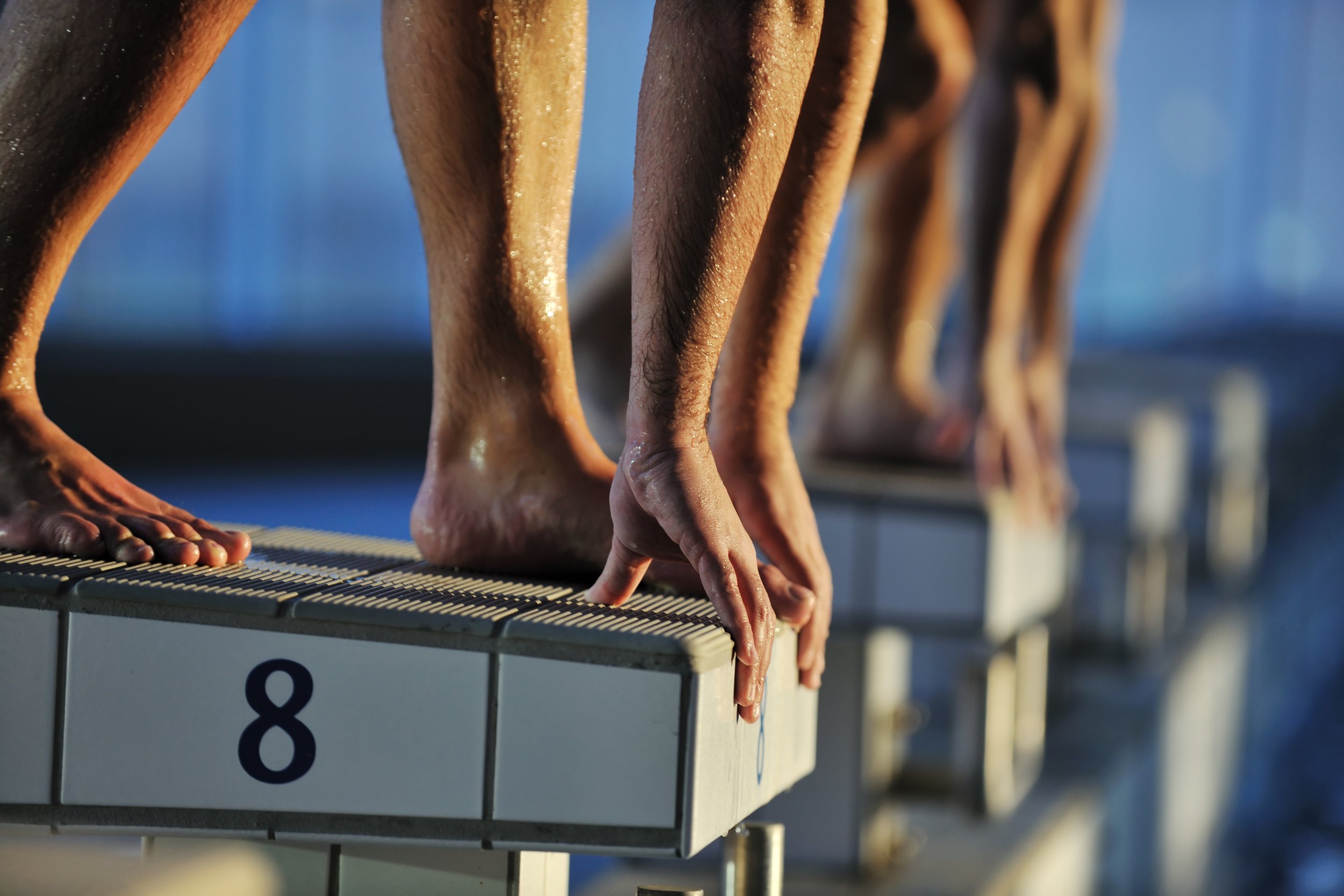Common Cause of Disqualifications
Swimmers can get disqualified (or DQ'd) in a race if they perform a movement that is not allowed for that stroke. It is very common to get disqualified (no matter the age or ability level). If a swimmer is disqualified, it means their race score cannot score points. Usually the official will tell the swimmer what they did wrong.
The following are some common ways swimmers can get disqualified in each stroke:
Freestyle
Swimmers can get disqualified in freestyle by pulling on the lane line (just holding on to is is ok) or pushing off the bottom of the pool.
Backstroke
During backstroke, swimmers must remain on their back for the entire race. Often, younger swimmers will roll onto their stomach to see the wall at the finish of their race, but this will cause them to be disqualified. For older swimmers, backstroke flip turns are a common error. When a swimmer nears the wall to make their flip turn, they count their strokes from the flags and flip over onto their stomach to do a flip turn. This is the only time a swimmer may be on their stomach during backstroke. At this time, they may not kick and they may only do one freestyle arm movement before their flip.
Breaststroke
In breaststroke, both arms must move at the same time and both legs must move at the same time. One simple "scissor kick" or freestyle kick" will disqualify a swimmer. Also, breaststroke and butterfly are two strokes that require both hands to touch the wall at the same time when doing a turn or finish.
Butterfly
With the butterfly "dolphin kick", the legs must stay together the entire time. Again, a simple "scissor kick" or "freestyle kick" will disqualify the swimmer. The legs must never separate unless a swimmer is performing a turn at the wall. Also, arms must break the surface of the water, simultaneously with every stroke.
Relay False Starts
During a relay, a false start can occur when a swimmer jumps off the block before their teammate touches the the wall. A swimmer may start the movement early, but must at least have one toe on the block when his teammate finishes before him. Some pools have the 10 and under swimmers start in the water and they must have one foot and one hand on the wall until their teammate touches the wall.







